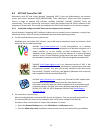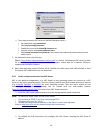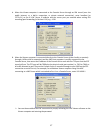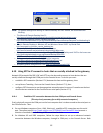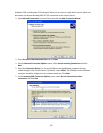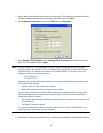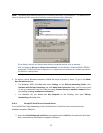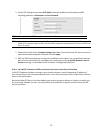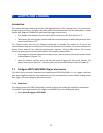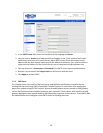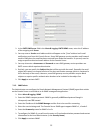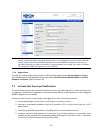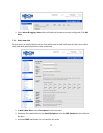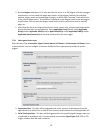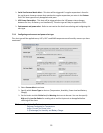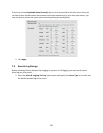
93
7. ALERTS AND LOGGING
Introduction
This chapter describes the alert generation and logging features of the Console Server. The alert facility
monitors the serial ports, all logins, the power status and environmental monitors and probes. It sends
emails, SMS, Nagios or SNMP alerts when specified trigger events occurs.
First, enable and configure the service that will be used to carry the alert (Section 7.1)
Then specify the alert trigger condition and the actual destination to which that particular alert
is to be sent (Section 7.2)
The Console Servers can also be configured selectively to maintain log records of all access and
communications with the Console Server and with the attached serial devices, all system activity and a
history of the status of any attached environmental monitors, UPS and PDU devices. The Console
Servers can also log access and communications with network attached hosts.
If port logs are to be maintained on a remote server, then the access path to this location needs
to be configured (Section 7.3)
Then you need to activate and set the desired levels of logging for each serial (Section 7.4)
and/or network port (Section 7.5) and/or power and environment devices (refer to Chapter 8)
7.1 Configure SMTP/SMS/SNMP/Nagios alert service
The Alerts facility monitors nominated serial ports/hosts/UPSs/PDUs/EMDs, etc. for trigger conditions
and, when triggered, sends an alert notification over the nominated alert service. Before setting up the
alert trigger, you must configure these alert services:
7.1.1 Email alerts
The Console Server uses SMTP (Simple Mail Transfer Protocol) for sending the email alert notifications.
To use SMTP, the Administrator must configure a valid SMTP server for sending the email:
Select Alerts & Logging: SMTP &SMS



